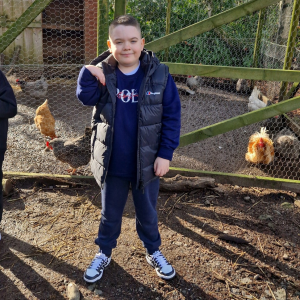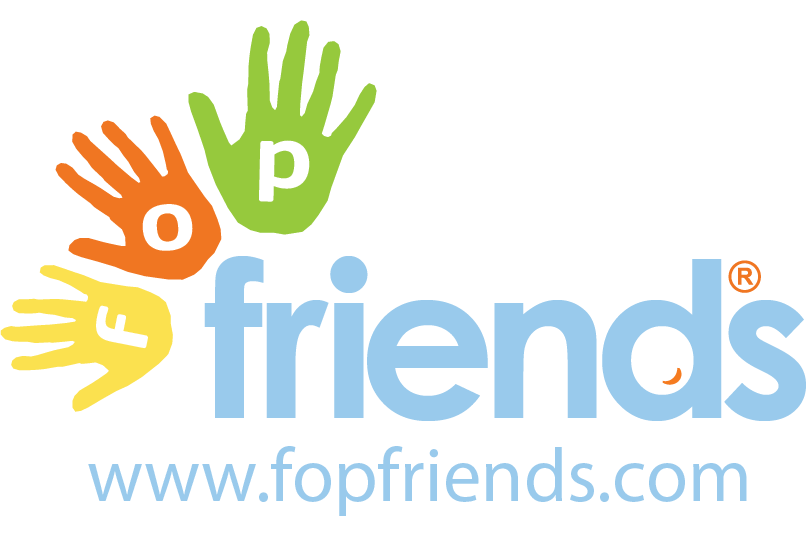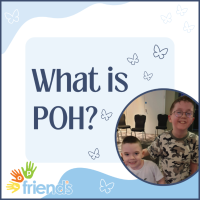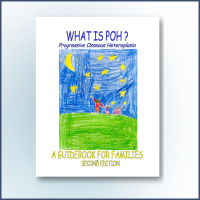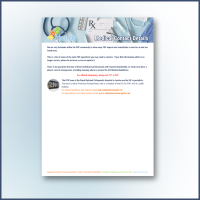What is POH?

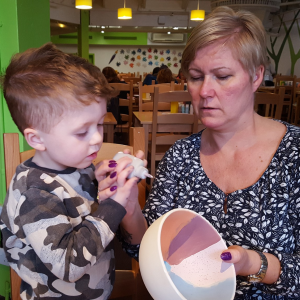
Progressive Osseous Heteroplasia (POH) is often considered a ‘sister’ condition to FOP due to the similarities the two conditions share.
While FOP Friends primarily supports people and families living with FOP in the UK, we also warmly welcome and support those living with POH. POH families have found friendship, comfort, and support within the wider FOP community, reinforcing our belief that we are all stronger together.
Many medical practitioners in the UK and the US who are experts in FOP are also knowledgeable about POH. FOP Friends can help signpost you to these POH medical experts.
If you or your family are affected by POH, we warmly invite you to join our community and attend any of the events we hold.
What is POH?
Progressive Osseous Heteroplasia (POH) is a rare genetic condition in which the body forms extra bone where it should not. It is an exceedingly rare disorder, with fewer than 60 patients identified worldwide, though it is likely that others are living with the condition who have been misdiagnosed or undiagnosed.
POH is caused by a mutation in the gene. In most cases, the mutation occurs randomly in a person with no family history of POH. In some cases, the mutation is inherited from a parent.
POH causes extra bone to develop in the subcutaneous tissue (the fatty layer just beneath the skin), as well as in muscles, tendons, and ligaments. This “out-of-place extra bone formation” is commonly referred to as heterotopic ossification. Sometimes the bone can appear almost like grains of rice under the skin; other times there may be larger lumps.
For extra reading, visit the Genetic and Rare Diseases Information Center.
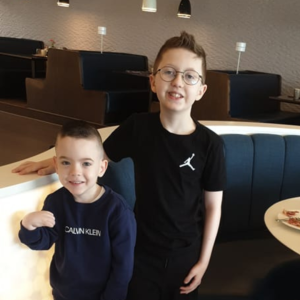
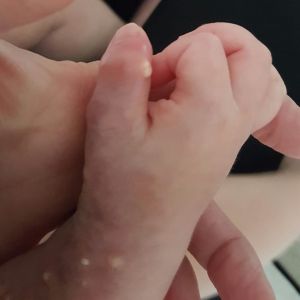
How is it diagnosed?
The condition is often first noted in infancy with the appearance of small “rice-grain” particles of bone in the skin, which a parent may describe as a roughness. Because POH is exceedingly rare, many medical professionals may not have heard of the disease, making misdiagnosis for a different condition possible.
During childhood, bone formation typically progresses from the skin and subcutaneous fat into deeper structures, including muscle, tendon, and ligament. This heterotopic bone appears as scattered nodules and lace-like webs that can involve small or large, variable regions of the body surface. When this extra bone formation crosses a joint, it leads to stiffness, locking, and permanent immobility.
The condition does not involve any other organ system and does not affect the formation of any portions of the normal skeleton at birth. POH is often congenital, meaning the condition can be present at birth.
How does it affect a person?
People who have POH experience different rates of new bone formation. While the exact rate of progression is unpredictable in each child, the process is generally gradual, though it can be rapid in some individuals.
The extent and location of the extra bone formation are highly variable. Very often, the condition may predominate more on one side of the body, leading to asymmetry. In some individuals, the condition involves only a small area, while in others, it may affect relatively large or multiple regions of the body.
Although the limbs are most commonly affected, bone formation may also involve the head, chest, abdomen, pelvis, and back.
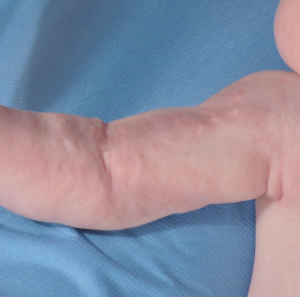
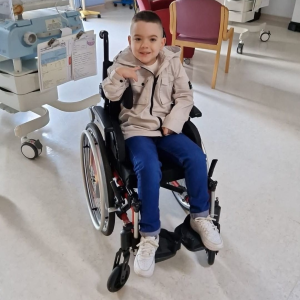
Will my POH get better?
Unfortunately, POH does not improve over time. The “P” in POH stands for Progressive, meaning the condition is likely to advance or worsen as a person gets older. Since POH is part of a person’s genetic make-up, they are born with the condition and will not outgrow it, even if the extra bone is not present at birth.
The extra bone already produced by POH will not spontaneously disappear either. While the body does not make new bone all of the time, and a person may go months or years without apparent progression of the condition, there is always a chance that new heterotopic bone can form.
Can Anything Make POH Worse?
Since POH bone often involves the skin, a bump or fall can cause local irritation, which may sometimes lead to the bone breaking through the surface of the skin.
Unlike FOP, POH does not involve large, distinct flare-ups with severe swelling and tissue inflammation. However, severe soft tissue injury can stimulate new bone formation at the site of an injury.
POH seems to progress slowly most of the time; however, it is currently unclear why the disease is active at certain times and quiet or dormant at others.
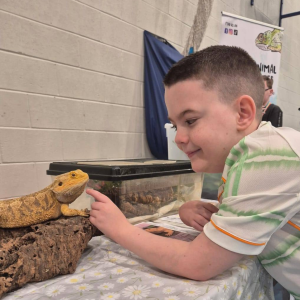
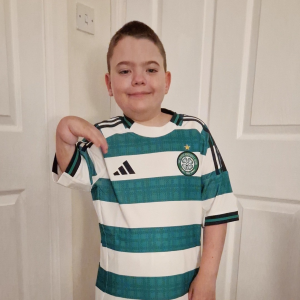
Is there a treatment for POH?
Currently, there is no cure or treatment for POH that stops new bone formation. However, patients can still receive vital support from specialist medical teams, who focus on appropriate therapies and effective pain management.
To stay connected with the latest research and potential breakthroughs, get in touch with us or reach out directly to the Progressive Osseous Heteroplasia Association (POHA).
I think I might have POH. What should I do?
If you think you, or a family member may have POH, you should ask your GP for a referral to:
Professor Richard Keen
Royal National Orthopaedic Hospital
020 3947 0056
rno-tr.metabolicsecretary@nhs.net
Professor Fred Kaplan
University of Philadelphia, Pennsylvania
001-215-294-9145 (office)
frederick.kaplan@uphs.upenn.edu
Professor Eileen Shore
University of Pennsylvania, Pennsylvania, USA
001-215-898-2331
shore@pennmedicine.upenn.edu
Is there a specialist support group for patients with POH and their families?
Because POH is extremely rare (with fewer than ten known families in the UK), there is currently no dedicated POH-specific .
The UK FOP Community Invitation
Individuals and families affected by POH are warmly invited to join the UK FOP community – FOP Friends!
* Shared Challenges: Many of the challenges, resources, and medical professionals are the same for both POH and FOP.
* Support Channels: We would be happy to include you in our FOP Families UK closed Facebook page and our WhatsApp group.
* Events: You are also welcome to attend any of our community events. We believe we are #StrongerTogether.
Please get in touch so we can discuss the best ways for you to connect with the community.
International Support
Families can also contact two established international organisations:
POH Disease (America): www.pohdisease.org
International FOP Association (IFOPA): www.ifopa.org
